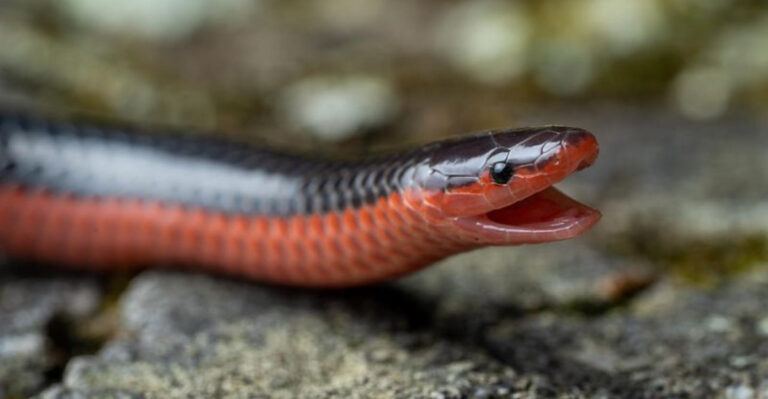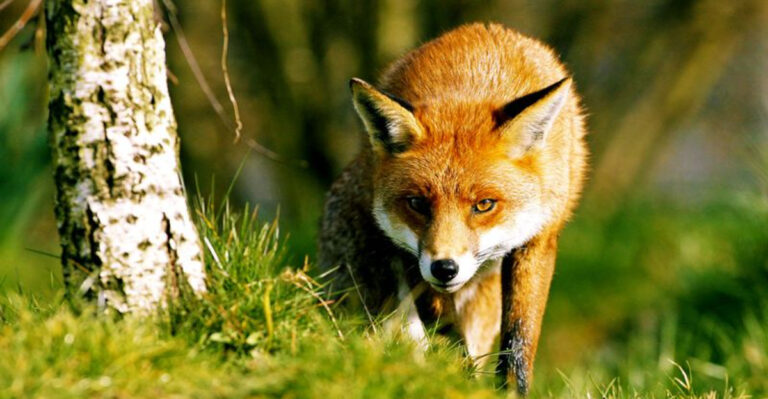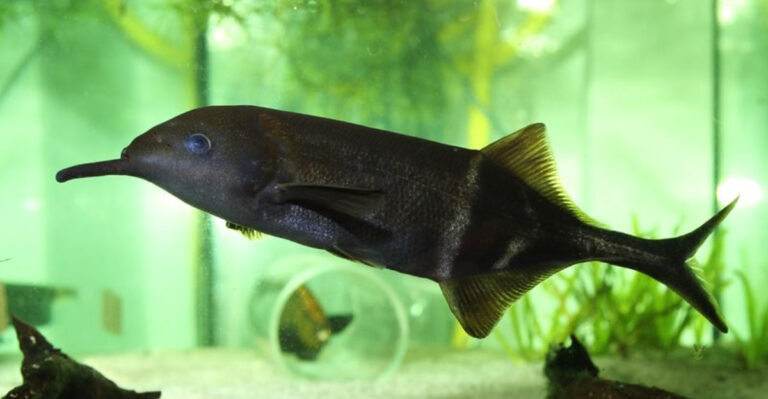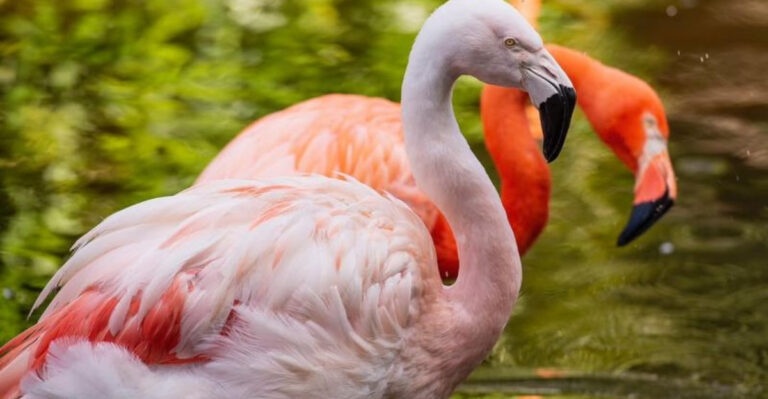15 National Parks Every Wildlife Lover Should Visit

The world’s national parks offer incredible opportunities to witness animals in their natural habitats. From tracking grizzly bears across meadows to watching sea turtles nest on pristine beaches, these protected areas showcase nature’s most spectacular wildlife displays.
Whether you’re an experienced wildlife photographer or simply love animals, these fifteen national parks deliver unforgettable encounters with creatures both magnificent and tiny.
1. Serengeti National Park, Tanzania
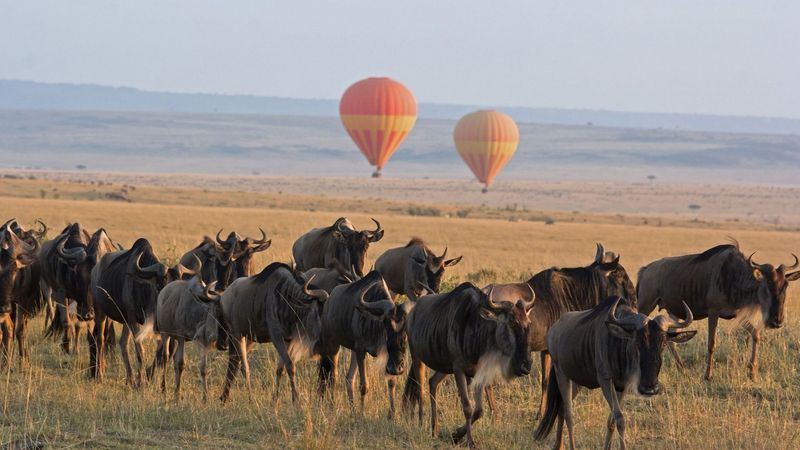
Witness the greatest wildlife spectacle on Earth as over two million wildebeest, zebras, and gazelles migrate across endless golden plains. The thundering hooves create dust clouds visible for miles during this ancient journey following seasonal rains.
Lions lounge on kopjes (rocky outcroppings) while cheetahs stalk through tall grasses. Elephants gather at watering holes alongside giraffes stretching their long necks toward acacia trees.
Morning game drives offer the best viewing opportunities when predators are active. For an unforgettable experience, visit between December and July to witness different stages of the Great Migration, including dramatic river crossings where crocodiles await.
2. Yellowstone National Park, USA
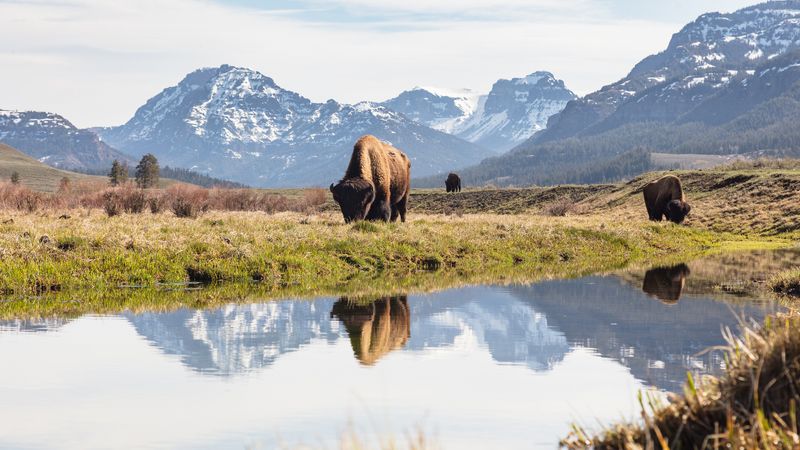
America’s first national park remains a wildlife paradise where visitors regularly spot grizzly bears, wolf packs, and massive bison herds roaming freely. The park’s thermal features create unique ecosystems supporting diverse animals against a backdrop of steaming geysers and colorful hot springs.
Lamar Valley, nicknamed “America’s Serengeti,” offers the best wildlife viewing opportunities. Early mornings or evenings increase your chances of spotting elusive predators like wolves hunting across meadows.
Bison traffic jams are common occurrences as these one-ton mammals casually cross roads. Remember to maintain safe distances – at least 100 yards from wolves and bears, 25 yards from other wildlife.
3. Kruger National Park, South Africa
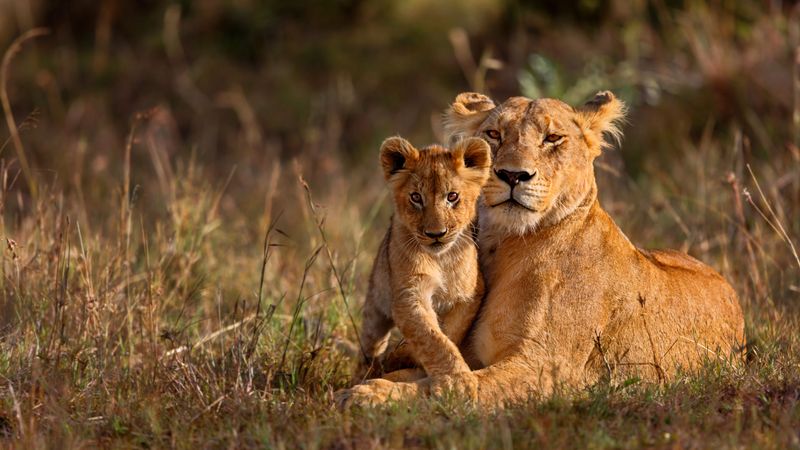
Safari dreams come alive in this legendary park where all Big Five animals (lion, leopard, elephant, buffalo, and rhino) roam across nearly 7,500 square miles of protected wilderness. Self-drive adventures allow visitors to explore at their own pace along 1,800 miles of roads.
Waterhole stakeouts reward patient observers with incredible wildlife interactions. Elephants spray water while impalas remain vigilant for lurking predators. Nighttime drives reveal rarely seen nocturnal creatures like bushbabies and civets.
The southern section offers the densest game viewing, while northern regions provide more solitude. Visit during dry winter months (May-September) when animals concentrate around shrinking water sources, making them easier to spot.
4. Galápagos National Park, Ecuador
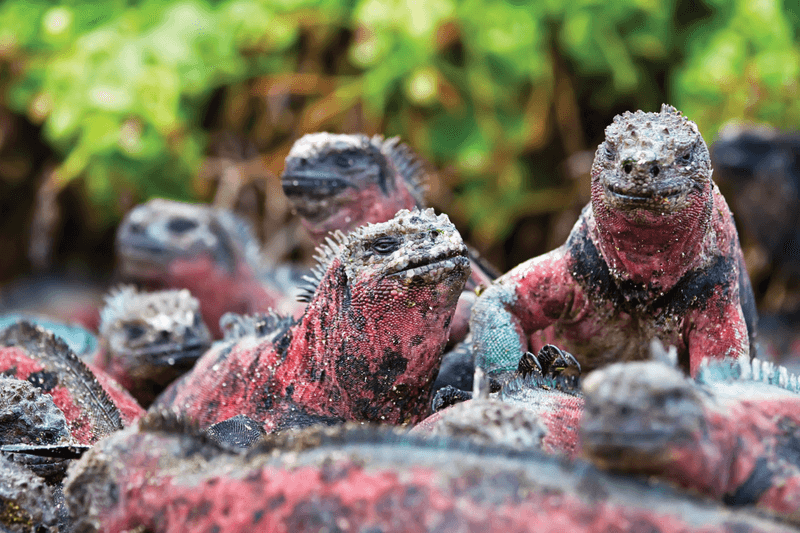
Evolution’s laboratory awaits in this island paradise where animals show no fear of humans. Marine iguanas – the world’s only sea-going lizards – bask in clusters on black lava rocks before plunging into turquoise waters to graze on algae.
Giant tortoises lumber through highlands while blue-footed boobies perform elaborate mating dances just feet away from visitors. Underwater explorations reveal playful sea lions twirling around snorkelers and graceful sea turtles gliding through coral gardens.
Each island showcases different wildlife adaptations that inspired Darwin’s theories. The park’s strict visitor management preserves this ecological treasure – guides accompany all visitors, and designated paths prevent habitat disturbance.
5. Banff National Park, Canada
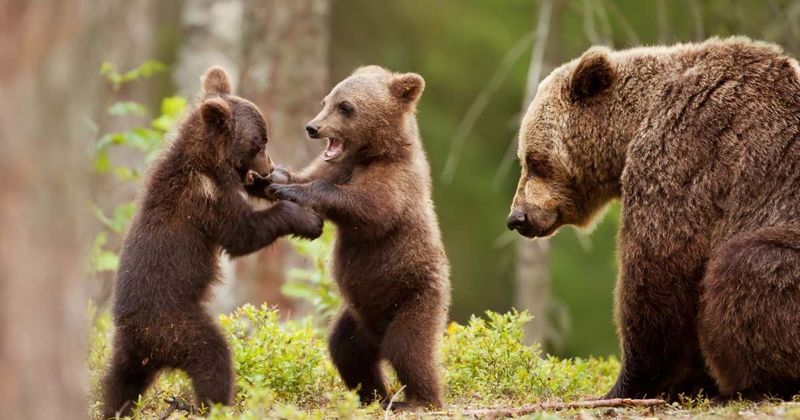
Mountain majesty meets wildlife wonders in Canada’s oldest national park. Grizzly bears feast on berry patches while bighorn sheep perform gravity-defying climbs along rocky cliffs. The park’s pristine landscapes provide critical habitat for creatures adapted to harsh alpine environments.
Early morning drives along the Bow Valley Parkway often reveal elk herds and occasionally wolves. Patient observers might spot rarely seen wolverines or lynx crossing snow-covered meadows during winter months.
The wildlife overpass system represents a groundbreaking conservation success – specially designed bridges and underpasses allow animals to safely cross busy highways. Motion-triggered cameras have documented over 200,000 animal crossings since installation.
6. Ranthambore National Park, India
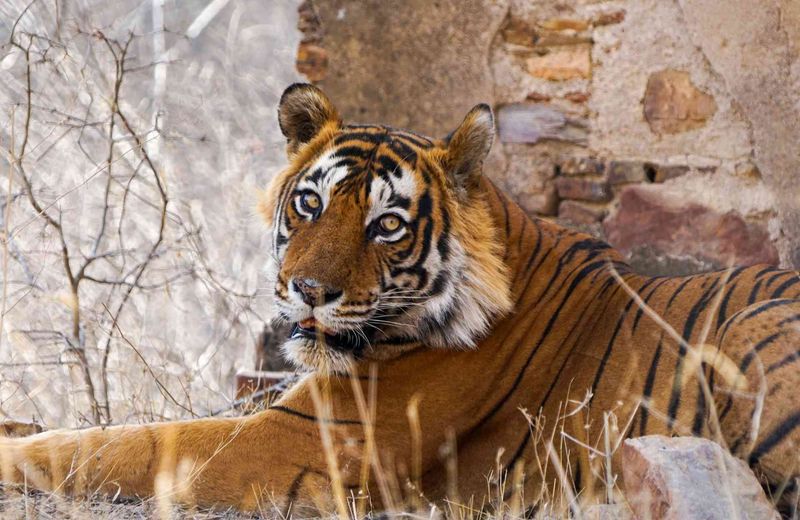
Bengal tigers rule this mystical landscape where ancient ruins provide dramatic backdrops for wildlife sightings. Watching these magnificent cats patrol their territory or cool off in forest pools counts among life’s most thrilling wildlife experiences.
Morning safaris offer glimpses of sloth bears digging for termites and sambar deer browsing cautiously. Peacocks display brilliant plumage atop crumbling palace walls while langur monkeys chatter warnings when predators approach.
Success stories emerge from Ranthambore’s conservation efforts – tiger numbers have increased substantially through anti-poaching measures and habitat protection. The park operates on a zone system with limited vehicles allowed in each area, minimizing wildlife disturbance while maximizing authentic encounters.
7. Komodo National Park, Indonesia
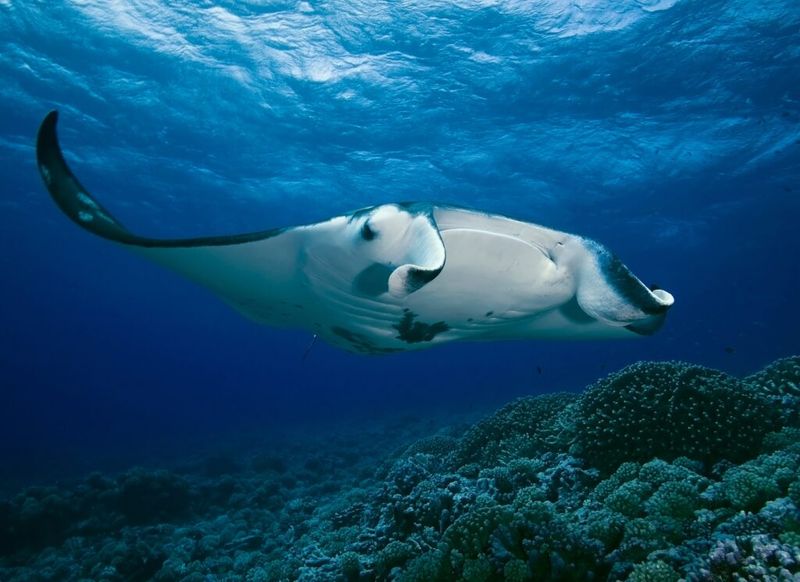
Dragons still exist in this island sanctuary where the world’s largest lizards – Komodo dragons – hunt deer with venomous bites and powerful claws. Growing up to 10 feet long, these prehistoric-looking creatures command respect from all who encounter them.
Beyond dragons, the park’s waters teem with marine life. Manta rays with 15-foot wingspans glide through currents while colorful coral gardens support over 1,000 fish species. Lucky visitors might spot dugongs (sea cows) grazing on seagrass meadows.
Rangers lead guided hikes across savanna landscapes to dragon viewing areas. The best viewing occurs during morning hours when dragons are most active. The dry season (April-December) provides optimal conditions for both land and underwater exploration.
8. Etosha National Park, Namibia
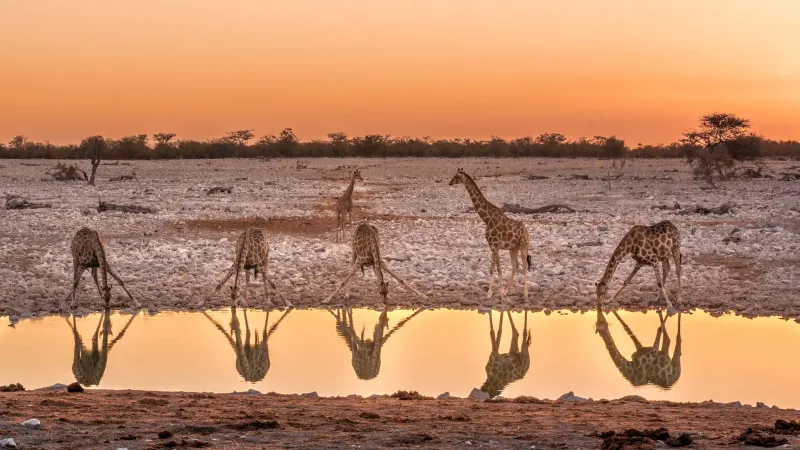
Brilliant white salt pans create otherworldly landscapes in this African gem where wildlife congregates around precious waterholes. During dry seasons, patient observers at these natural gathering spots might witness lions, elephants, giraffes, and numerous antelope species all drinking together.
Floodlit waterholes at main camps offer rare nighttime viewing opportunities. Black rhinos – typically shy and elusive – often emerge after dark to drink, creating unforgettable sightings for those willing to wait quietly.
The park’s unique geography makes wildlife spotting remarkably accessible. Many animals have adapted striking coloration against the white backdrop – black-faced impala and the jet-black and white Namibian zebras stand out dramatically. Self-drive safaris allow visitors to explore at their own pace.
9. Denali National Park, Alaska
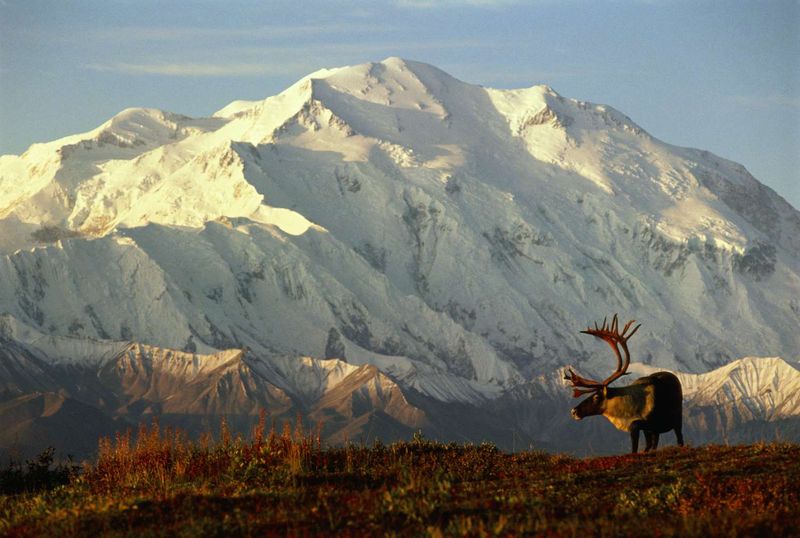
North America’s highest peak watches over vast wilderness where grizzlies dig for roots and wolves track caribou across tundra. Unlike most parks, Denali restricts private vehicles, requiring visitors to use shuttle buses – a system that minimizes wildlife disturbance and maximizes sighting opportunities.
Dall sheep dot steep mountainsides with their white coats while massive moose wade through wetlands. Golden eagles soar overhead, scanning for arctic ground squirrels scurrying between burrows.
The park’s vibrant autumn colors create spectacular backdrops for wildlife photography. Berries ripen in August, attracting bears fattening for winter hibernation. Though weather can be unpredictable, patience rewards visitors with intimate glimpses of creatures adapted to extreme northern environments.
10. Tortuguero National Park, Costa Rica
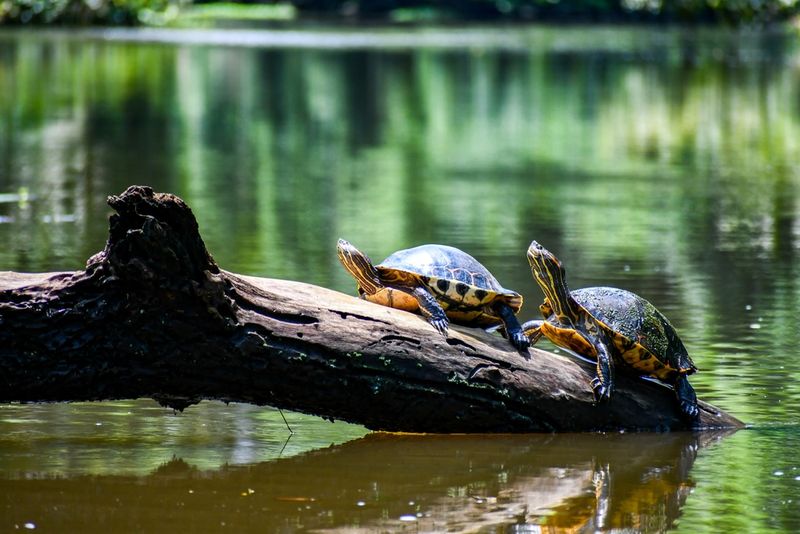
Sea turtles take center stage in this network of rainforest canals and protected beaches. Four turtle species – green, leatherback, hawksbill, and loggerhead – return to natal beaches to lay eggs in one of nature’s most moving rituals.
Boat tours through jungle waterways reveal caimans lurking beneath lily pads while howler monkeys announce their presence with thunderous roars. Basilisk lizards – nicknamed “Jesus Christ lizards” – sprint across water surfaces on hind legs, seemingly defying physics.
Guided night walks during nesting season (July-October) offer opportunities to witness female turtles excavating nests and depositing eggs. The park’s strict regulations protect these endangered creatures – red lights only, no flash photography, and mandatory guides ensure minimal disturbance during this vulnerable time.
11. Kakadu National Park, Australia
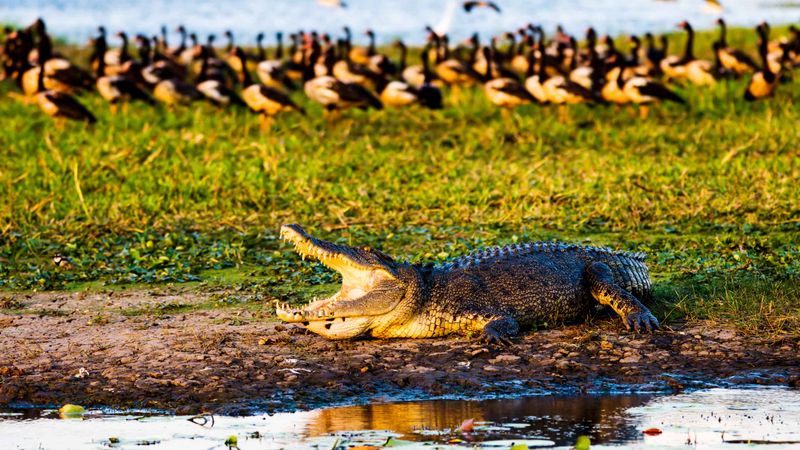
Ancient rock art galleries and wildlife spectacles blend seamlessly in Australia’s largest national park. Yellow Water Billabong provides front-row seats to saltwater crocodiles launching ambush attacks and jabirus (black-necked storks) spearing fish with precision strikes.
During dry seasons, massive bird congregations create breathtaking displays as thousands of magpie geese, egrets, and pelicans gather around shrinking waterholes. Wallabies hop across floodplains while flying foxes form noisy camps in mango trees.
Aboriginal guides offer unique wildlife experiences through traditional knowledge passed down for over 65,000 years. The park’s six distinct seasons – recognized by indigenous Bininj/Mungguy people – each bring different wildlife opportunities, from thundering waterfalls during monsoons to concentrated wildlife during dry periods.
12. Białowieża Forest National Park, Poland
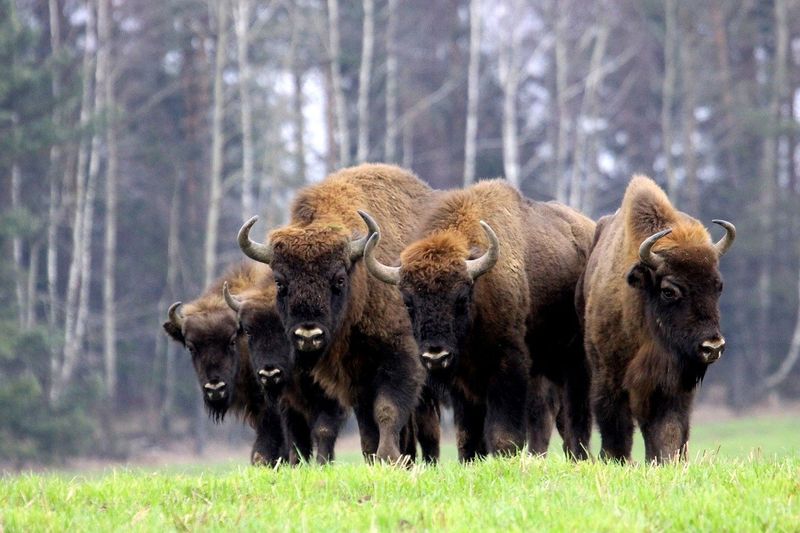
Europe’s last primeval forest harbors creatures long vanished elsewhere on the continent. European bison – the continent’s heaviest land mammals – roam through ancient woodlands that have remained largely unchanged for thousands of years.
Lynx stalk through undergrowth while wolves maintain healthy deer populations through natural predation. Some trees reach over 600 years old, creating complex habitats supporting over 250 bird species, including rare white-backed woodpeckers and pygmy owls.
Guided tours provide the best wildlife opportunities in this UNESCO World Heritage site. Dawn excursions offer chances to spot bison herds emerging from morning mists. The park represents what much of Europe looked like before human development – a living museum of ecological processes mostly uninterrupted by modern interference.
13. Chitwan National Park, Nepal
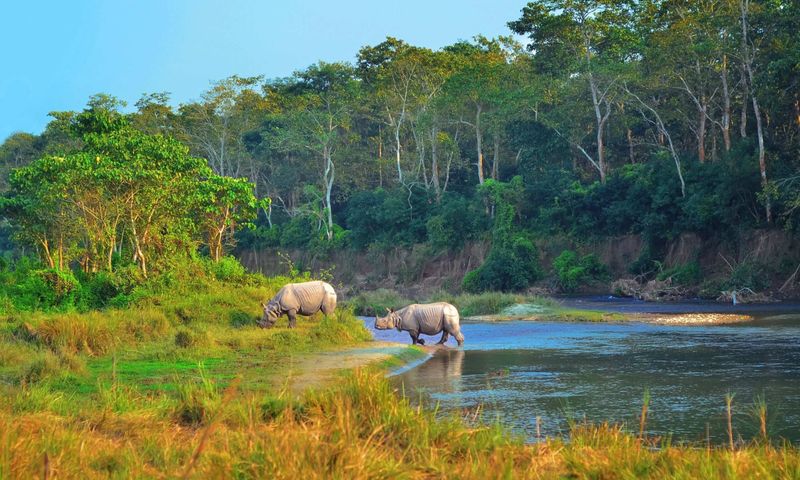
One-horned rhinos patrol tall grasslands in this Himalayan foothills sanctuary that represents one of conservation’s greatest success stories. Rhino numbers have rebounded from fewer than 100 to over 600 through dedicated anti-poaching efforts.
Elephant-back safaris provide elevated viewing platforms for spotting elusive Bengal tigers moving through sal forests. Gharial crocodiles – critically endangered fish-eating reptiles with distinctive narrow snouts – bask along riverbanks while peacocks display brilliant plumage in forest clearings.
Traditional dugout canoe trips along the Rapti River offer peaceful wildlife viewing opportunities. Community-based conservation initiatives involve local villages in protection efforts, creating sustainable tourism models. Visit between October and March for optimal wildlife sightings when vegetation thins and animals gather near water sources.
14. Pantanal Conservation Area, Brazil
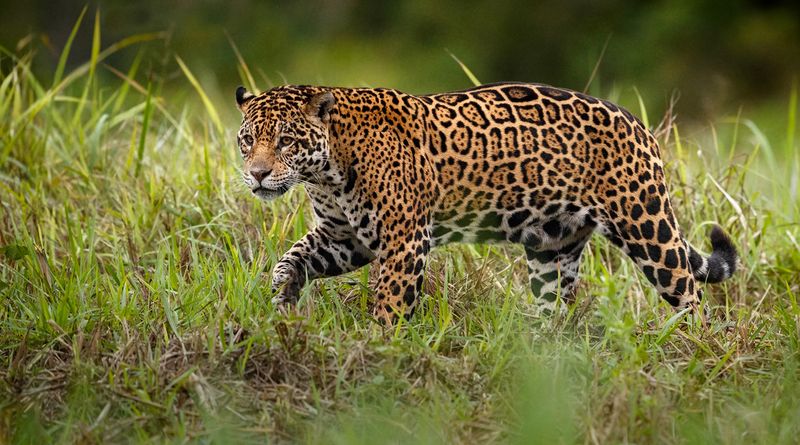
The world’s largest tropical wetland supports the highest concentration of jaguars anywhere – South America’s apex predator. Unlike dense Amazon rainforests where animals hide under thick canopies, the Pantanal’s open landscapes make wildlife viewing exceptionally rewarding.
Caiman congregate by the thousands in shrinking pools during dry seasons. Giant river otters chase fish through waterways while hyacinth macaws – the world’s largest parrots – flash brilliant blue against green palms.
Horseback safaris follow traditional pantaneiro (cowboy) routes through seasonally flooded grasslands. The Transpantaneira Highway provides excellent wildlife viewing with numerous wooden bridges spanning wetlands. September and October offer peak jaguar sightings along riverbanks where these normally elusive cats hunt capybaras and caimans.
15. Khao Yai National Park, Thailand
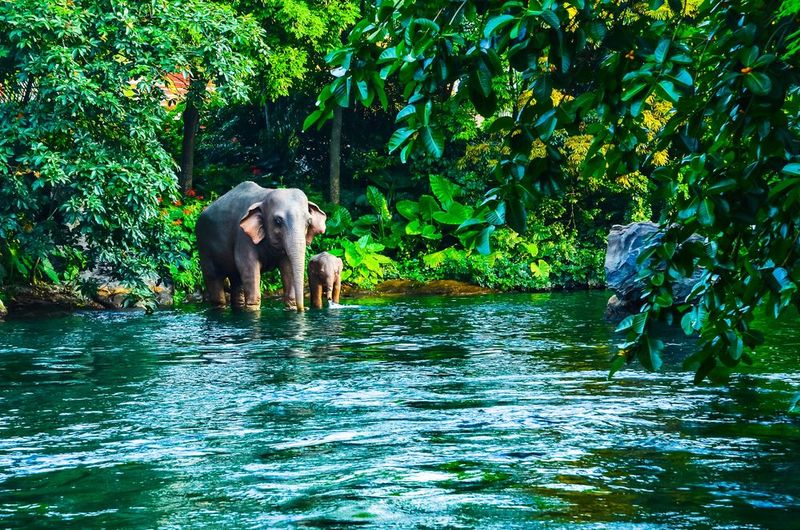
Misty mountains shelter Asian elephants and gibbons in Thailand’s oldest national park. Hiking trails lead to thundering waterfalls where hornbills soar between emergent trees and barking deer browse cautiously through understory vegetation.
Night safaris reveal slow lorises with enormous eyes and flying squirrels gliding between trees. The park’s 2,000+ plant species support incredible biodiversity, including over 320 bird species and numerous butterfly varieties that create colorful displays along forest edges.
The park’s accessibility from Bangkok makes it perfect for first-time wildlife watchers. Observation towers overlooking salt licks provide excellent viewing opportunities at dawn and dusk. Though elephants sometimes appear along roadways, guided hikes increase chances of ethical wildlife encounters while supporting conservation efforts.


